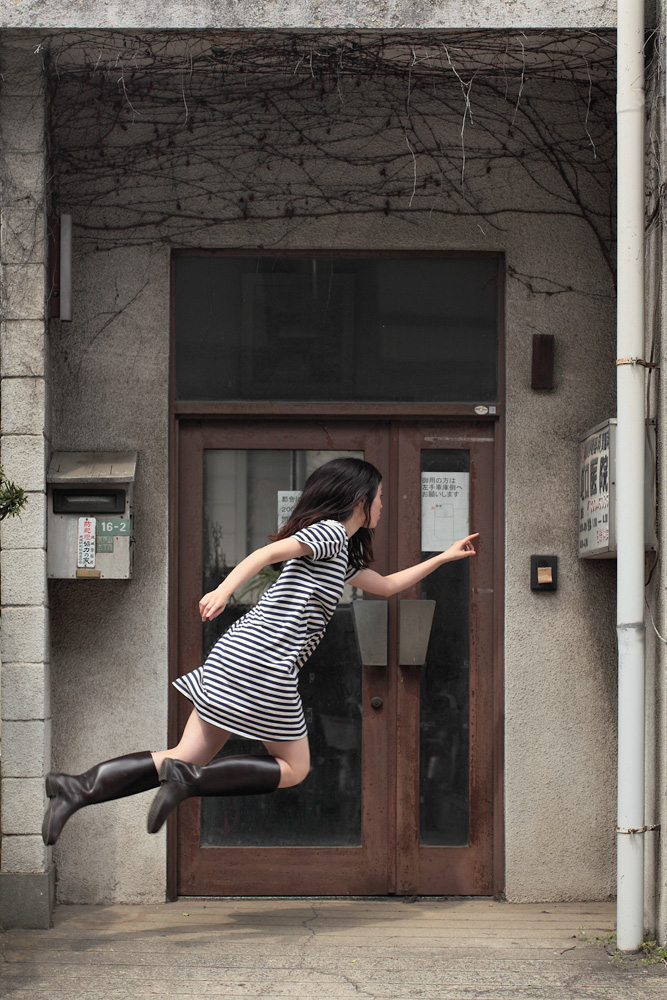Defying Gravity: Tokyo Photographer 'Levitates'

Natsumi Hayashi makes flying look easy. But the self-portraits that seem to show the Toyko photographer levitating above the ground are actually the result of a lot of hard work.
"Sometimes I need to jump more than 300 times to get the perfect shot," Hayashi told MSNBC.com on June 8. [Photo of Hayashi levitating]
Hayashi blogs a levitating picture-of-the-day each day on her website, http://yowayowacamera.com/. Either working with an assistant or using a self-timer, she uses photography to freeze herself hanging in the air in diners, phone booths and on Tokyo sidewalks.
Hayashi makes no bones about her levitation being an illusion, but other people throughout history have claimed to pull off the floating trick for real. Scottish medium Daniel Dunglas Home, who was famous during the late 1800s, claimed to be able to levitate during séances. According to the book "Psychics and Mediums in Canada," (Dundurn, 2005), three witnesses claimed to see Home levitate right out of a third-floor window and float back into the house on the second floor on one December day in 1868.
No one ever disproved Home's powers of levitation, but other mediums at the time used wires and stage illusions to get some air. Today, magicians have their own tricks of the trade to make it look like they're floating, including pants with false feet attached so they can slip a foot out and step on a nearby platform.
Psychic levitation may be a myth, but scientists have managed to make insects and very small animals float, using sound waves and magnets. The process doesn't sound very comfortable, though: A mouse levitated using a superconducting magnet during a 2009 study kicked itself into an uncontrolled spin, becoming disoriented and panicked. The next time the scientists levitated a mouse, they sedated it first.
You can follow LiveScience senior writer Stephanie Pappas on Twitter @sipappas. Follow LiveScience for the latest in science news and discoveries on Twitter @livescience and on Facebook.
Sign up for the Live Science daily newsletter now
Get the world’s most fascinating discoveries delivered straight to your inbox.

Stephanie Pappas is a contributing writer for Live Science, covering topics ranging from geoscience to archaeology to the human brain and behavior. She was previously a senior writer for Live Science but is now a freelancer based in Denver, Colorado, and regularly contributes to Scientific American and The Monitor, the monthly magazine of the American Psychological Association. Stephanie received a bachelor's degree in psychology from the University of South Carolina and a graduate certificate in science communication from the University of California, Santa Cruz.









